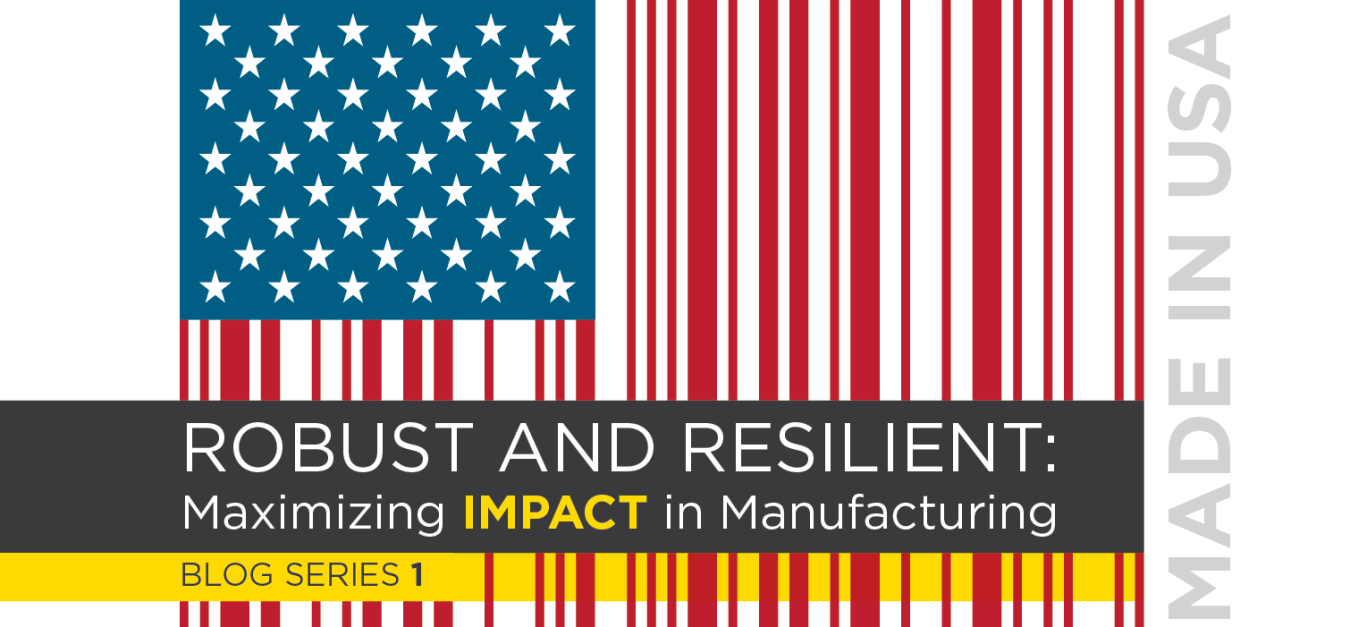The Advanced Manufacturing Office (AMO) and the private sector build relationships through public-private partnerships.
Advanced Manufacturing & Industrial Decarbonization
June 28, 2017
The Advanced Manufacturing Office (AMO) and the private sector build relationships through public-private partnerships. Each private-sector partner has different technical strengths and manufacturing expertise that it brings to the table to achieve shared goals and identify technological knowledge gaps relative to manufacturing and energy. AMO supports early-stage research and development (R&D) to address these knowledge gaps. These partnerships are effective in identifying the scientific and technical challenges that need to be solved to ensure that American manufacturing continues to grow through technological innovation, ensuring an efficient, productive and competitive manufacturing economy.
While AMO supports the early stages of R&D, the private sector’s role is to translate that new technical knowledge to efficient commercial processes and products related to energy. Manufacturers are certainly making investments in bringing emerging technologies to market—according to the National Science Board, over 70% of R&D in the U.S. is done by the private sector. Advancing innovative manufacturing technologies from laboratory discovery to market-relevant products can be seen as relay race: with AMO supporting the breakthrough R&D broadly applicable to manufacturing, and then passing the baton to the private sector who is best positioned to carry it past the finish line in specific end-uses.
One great example of this hand-off is in Oklahoma City, Oklahoma, where the first private-sector, commercial-scale plant using a new microchannel technology for converting gas to liquids opened earlier this year. The first-of-its-kind application of this technology is a joint venture between Velocys and ENVIA Energy. The resulting process allows for much smaller footprint and more modular conversion of natural gas, landfill gas, and waste biomass to liquid products like paraffin wax, diesel fuel, and biofuels. Modular plants are potentially more economical, faster to install, a lower safety risk, and allow for gas-to-liquids conversion onsite from smaller sources. These smaller and distributed feedstock sources were often economically infeasible using previous technologies. The commercial-scale plant builds on the foundational technologies developed through Velocys’s R&D partnership with AMO over a decade ago. The foundational technologies that were explored included the catalyst materials, microchannel design and fabrication concepts, and the chemical reaction and separation processes. This early stage technology discovery through this R&D was crucial to Velocys’s subsequent decision to invest in commercialization of the process.
AMO has also supported significant private-sector partnering in the R&D around additive manufacturing (3D printing) at Oak Ridge National Laboratory’s Manufacturing Demonstration Facility (MDF). The three firms of Boeing, Techmer, and TruDesign came together with the MDF to explore technology resulting in a first-of-its-kind 3D-printed trim-and-drill tool that could subsequently be used in the making of wing components for the Boeing 777X passenger jet. AMO supported the technological expertise in 3D printing that helped Boeing drastically reduce the time required to prototype and manufacture tooling, while also reducing the amount of material and energy required to manufacture the tool. At 17.5 feet long, 5.5 feet wide, and 1.5 feet tall, the tool weighs approximately 1,650 pounds and set a Guinness World Record for the largest solid 3D-printed object. While snagging a spot in the record books is an exciting feat, what is even more significant is the acceleration of the adoption of innovative technologies like additive manufacturing across manufacturing by private-sector partners.
These are just two examples of the many collaborative relationships between AMO and the private sector—creating an ecosystem that allows the private sector to most effectively tap into research and commercialize it. Public-private partners are teammates in the global race that drives manufacturing innovation, ultimately leading to economic growth and jobs for America.



